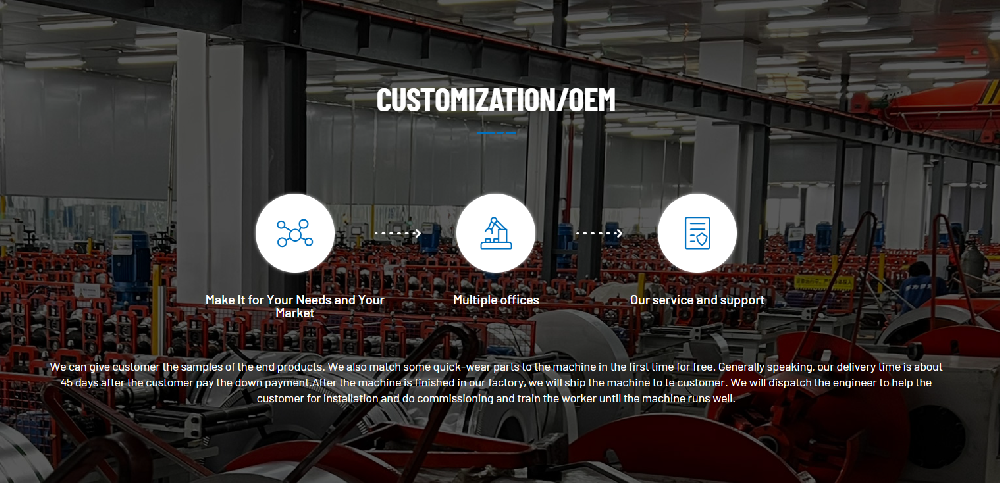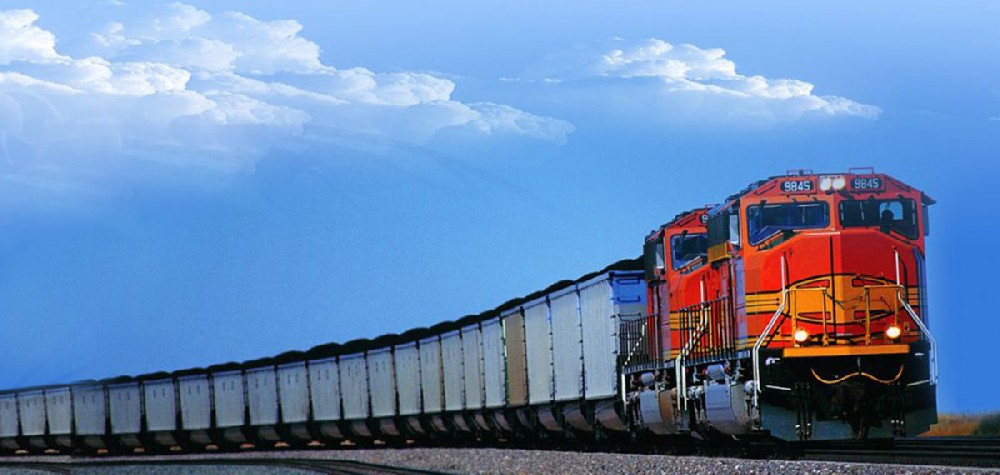Navigation Menu
Contact Us
- Email:
- info@wxavatar.com
- Address:
- Yurong Village, Yuqi Street, Huishan District, Wuxi, China.
Release Date:Jun 13, 2025 Visit:49 Source:Roll Forming Machine Factory
In recent years, highway safety has continued to be a priority for road authorities and construction companies worldwide. Among various road safety measures, the development and improvement of highway guardrails play a key role in reducing the impact of traffic accidents. With technological progress, modern guardrail systems have introduced several new features designed to enhance performance, adaptability, and durability. This article explores some of the latest innovations in highway guardrail technology and their practical applications.

Flexible Guardrail Systems
One of the significant advancements is the development of flexible guardrail systems. Unlike traditional rigid designs, these modern systems are engineered to absorb and distribute collision energy more effectively. By allowing controlled deformation upon impact, flexible guardrails can help minimize vehicle damage and reduce injury risks for passengers. This design approach aims to strike a balance between safety and system integrity.
Modular and Easy-to-Repair Designs
Recent innovations have introduced modular guardrail structures that can be quickly assembled and repaired. In the event of minor accidents, damaged sections can be replaced individually without the need for large-scale reconstruction. This not only reduces maintenance time but also helps control long-term operational costs. The modular approach also allows for easier upgrades when newer safety components become available.
Enhanced Terminal Systems
The terminal, or the starting point of a guardrail, is often a critical area in accident prevention. Modern terminal systems now feature energy-absorbing end treatments that can gradually slow down a vehicle upon impact. Compared to earlier models, these systems offer improved performance by providing better control over the deceleration process, reducing the likelihood of severe vehicle rotation or rollover.
Corrosion-Resistant Materials
Guardrails are constantly exposed to harsh weather conditions, which can lead to material degradation over time. Newer guardrail designs make use of advanced coatings and corrosion-resistant materials that enhance durability and extend service life. This helps maintain guardrail performance even in challenging environments such as coastal roads or regions with heavy rainfall.
Smart Guardrail Integration
The integration of smart technology is gradually being explored in the field of highway safety. Some innovative guardrail systems are now being designed with built-in sensors that can detect impacts, monitor system conditions, and provide real-time feedback to maintenance teams. This allows for faster response times and more efficient maintenance planning.

Conclusion
Highway guardrail technology continues to evolve, with ongoing research focused on improving safety, adaptability, and cost-effectiveness. Flexible designs, modular systems, enhanced terminals, durable materials, and smart integration are among the key innovations shaping the future of road safety infrastructure. As these technologies become more widely implemented, they are expected to contribute to safer and more reliable highways.